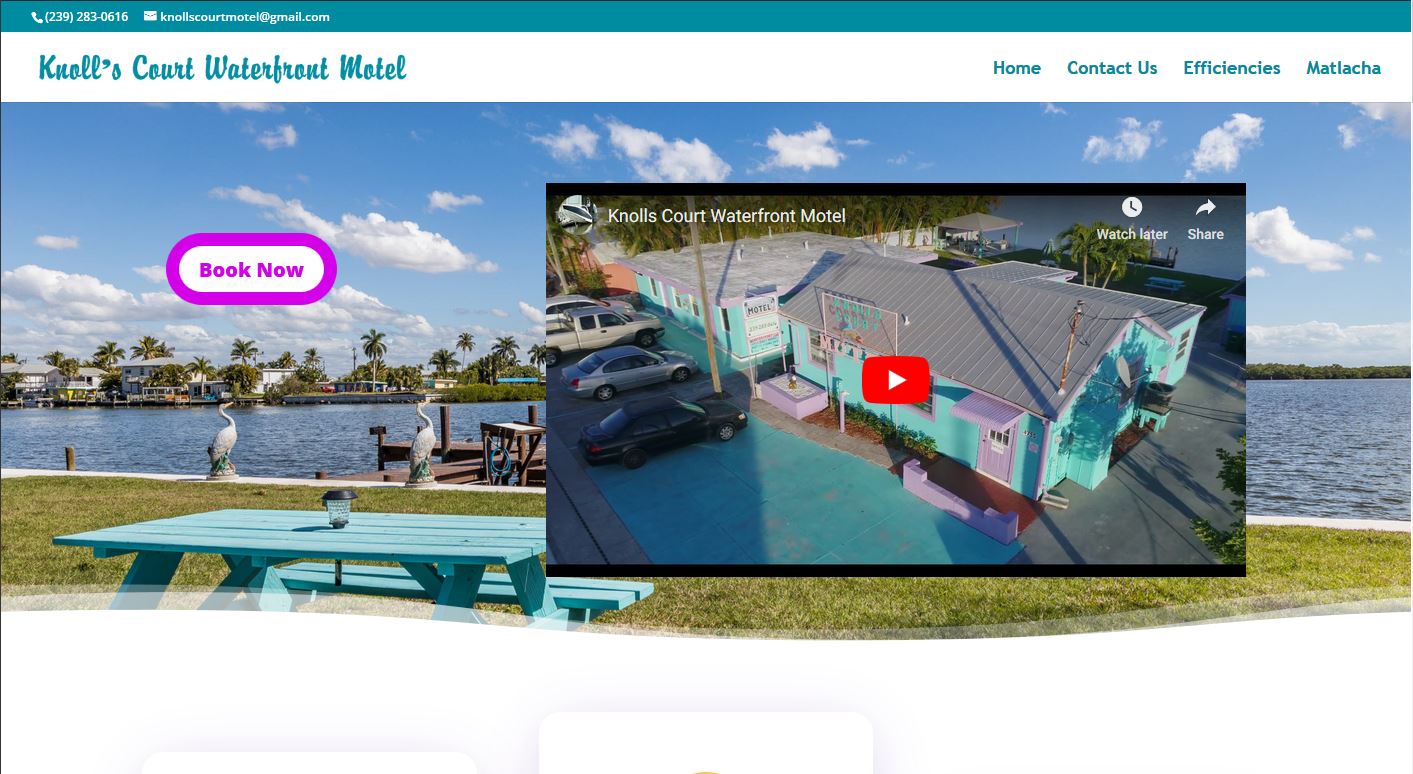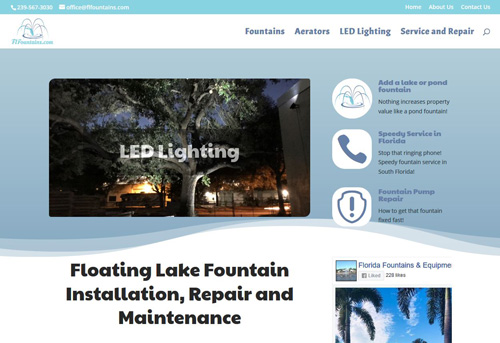
ADA Compliance

A recent wave of lawsuits against website owners claiming violation of ADA compliance has spread from government agencies and national chains to smaller retailers. If you have a physical location, or sell online, you are likely to become a target sooner rather than later.
These lawsuits are seeking attorney’s fees and injunctions to make the sites ADA complaint. These are not typically from individual customers. Single defendants are filing hundreds of lawsuits at a time – and most are coming from the east coast of Florida.
What does it take to have an ADA compliant website?
- Add an accessibility policy to the website. State that you endeavor to be ADA compliant and welcome feedback from users. This shows awareness and good faith.
- Make adjustments and additions to the website that users who cannot see, or cannot use a mouse, can navigate the site, understand the content, and receive the same services. Low to Medium Cost based on site size and platform.
- Analyze the amount and complexity of pdfs on the site, and remediate any that are necessary to keep. Medium to High cost depending on number and content. Requires Adobe Acrobat Pro or similar software.
- Videos should be captioned and audio should be transcribed. These are targets particularly if you are sharing public meetings. YouTube can sometimes do this for you automatically but accuracy is an issue. Medium – High Cost depending on quantity and length of videos.
- If you use third party vendors/software on your site, like a online store, find out whether they are compliant or not, if you link to a third party site that is branded to appear as yours, make users aware that they are leaving your site.
- Train editors on tagging images and attachments. Your site can be compliant one day and not compliant the next if new content is not handled correctly.
My Recommendation
I highly recommend that all sites add an accessibility policy to their website, even if it does not claim to be ADA compliant but does offer users a way to contact you on the matter. However, you cannot become ADA compliant simply by telling users to call you, unless you have a 24/7 manned phone line that CAN provide all the same services that are on the website.
Keep In Mind
Being non-compliant does not mean your site is unusable to the disabled, it simply means it doesn’t comply to every single technical detail listed in the ADA specifications. Unfortunately, actual usability has little to do with the sites being targeted for lawsuits.
Online Resources.
Want to check out your site yourself? You can go to this website (https://wave.webaim.org/), enter your web address, and see how each page fares. Only the red flags are errors.
What are the standards?
https://www.w3.org/WAI/standards-guidelines/wcag/
These standards were written as “best-case” scenarios for disabled users and are quite strict. The Courts adopted them wholesale, and this is catching a lot of third party vendors off guard. Do not assume your online partners are compliant.




